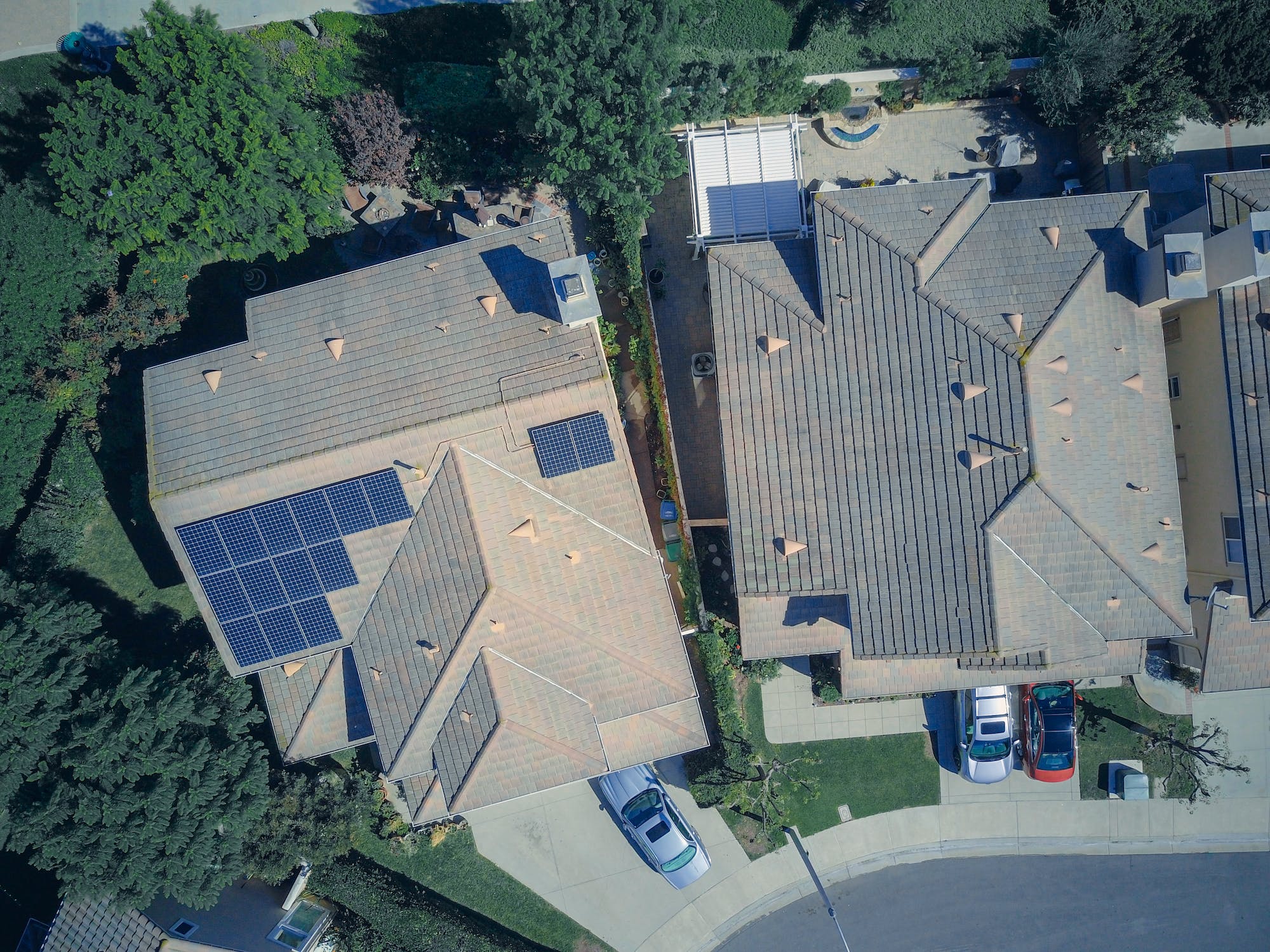Everything You Need to Know about Solar PV Panels

Solar photovoltaic (PV) panels are a clean and renewable energy technology that converts sunlight directly into electricity.
As the world embraces sustainable energy solutions, understanding the fundamentals of solar PV panels is essential. This article aims to provide comprehensive information on solar PV panels, including their functioning, benefits, applications, and considerations for installation.
How Solar PV Panels Work:
Solar PV panels consist of multiple photovoltaic cells made of semiconducting materials, typically silicon. When sunlight strikes these cells, it excites electrons, creating a flow of electricity. The direct current (DC) electricity generated by the cells is then converted into alternating current (AC) through an inverter, making it usable for powering homes, businesses, or feeding into the electrical grid.
Benefits of Solar PV Panels:
a. Renewable Energy Source: Solar PV panels harness the sun's energy, an abundant and renewable resource, reducing dependence on fossil fuels and contributing to a cleaner environment.
b. Cost Savings: By generating electricity from sunlight, solar PV panels can significantly reduce or eliminate electricity bills, resulting in long-term cost savings.
c. Low Maintenance: Solar PV systems require minimal maintenance, as the panels have no moving parts. Periodic cleaning and inspections are typically sufficient to ensure optimal performance.
d. Durability and Longevity: Quality solar PV panels have a lifespan of 25 to 30 years or more, making them a durable and reliable investment.
e. Energy Independence: Installing solar PV panels provides energy independence, allowing homeowners and businesses to generate their electricity and reduce reliance on the grid.
Applications of Solar PV Panels:
a. Residential: Solar PV panels can power homes, providing electricity for lighting, appliances, heating, and cooling systems. Excess energy can be stored in batteries or fed back into the grid.
b. Commercial and Industrial: Solar PV systems are widely used in commercial buildings, offices, factories, and agricultural facilities to offset electricity consumption and reduce operating costs.
c. Remote Areas and Off-Grid Systems: Solar PV panels are ideal for powering remote areas or locations without access to the grid. Off-grid systems often include batteries for energy storage.
d. Large-Scale Solar Farms: Solar PV panels are deployed in utility-scale solar farms, generating electricity on a massive scale to supply power to communities and regions.
Considerations for Installation:
a. Location and Orientation: Solar PV panels should be installed in areas with ample sunlight exposure, ideally facing south (in the Northern Hemisphere) to maximize energy production.
b. Roof Condition and Structural Integrity: Assess the roof's condition and structural strength to ensure it can support the weight of the panels. Consider potential shading from nearby trees or buildings.
c. Financial Incentives and Regulations: Research available incentives, tax credits, and net metering programs that may reduce the upfront costs and provide financial benefits for solar PV installation.
d. Professional Installation: Engaging a reputable solar installer ensures proper system design, installation, and compliance with local regulations and safety standards.
Solar PV panels are a sustainable and cost-effective solution for generating electricity from sunlight. With their numerous benefits, broad applications, and the ongoing advancement of technology, solar PV panels play a pivotal role in transitioning towards a clean energy future. By embracing solar PV systems, individuals, businesses, and communities can reduce their environmental impact, save on energy costs, and contribute to a more sustainable planet for future generations.